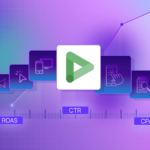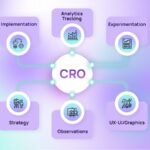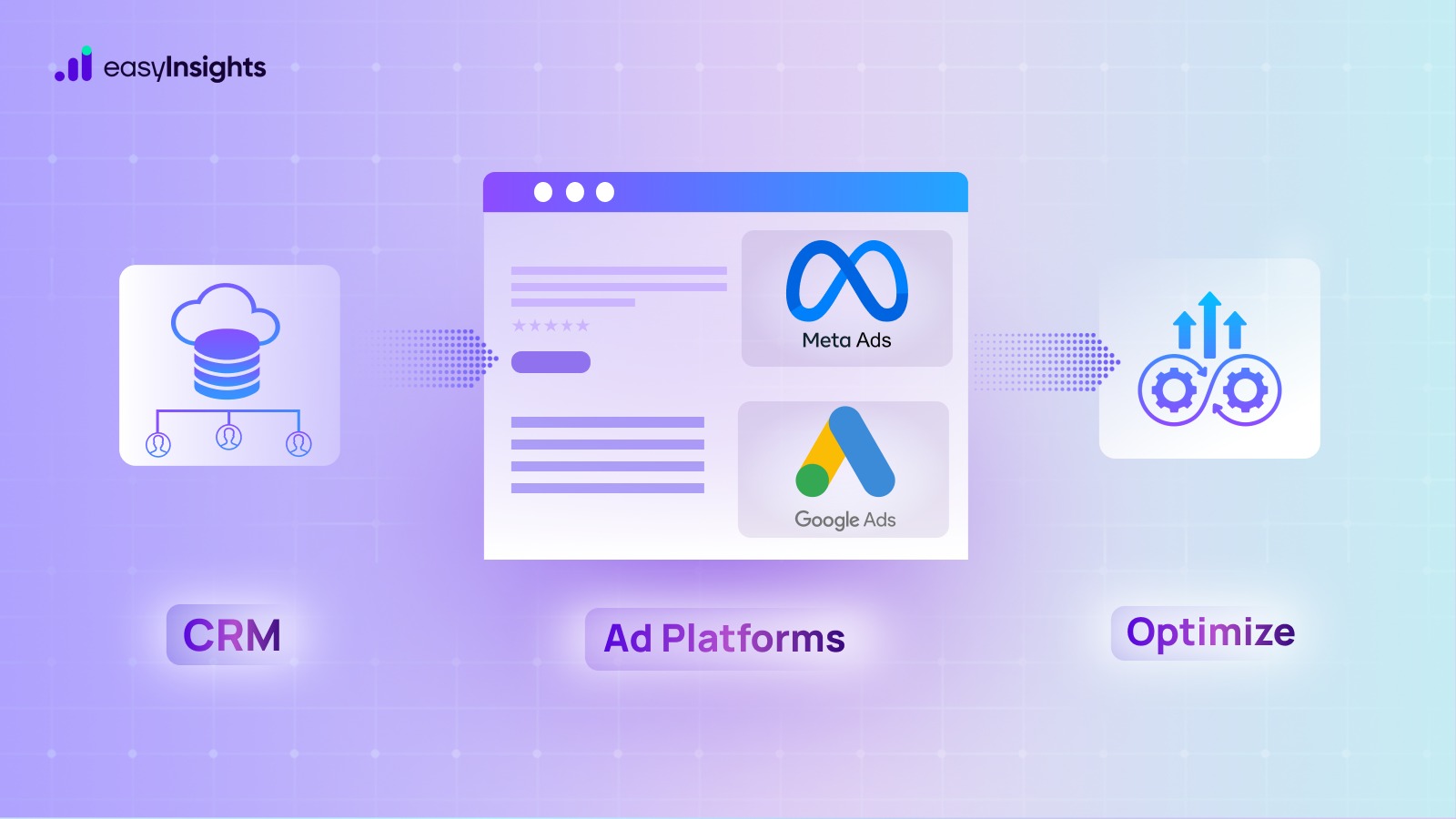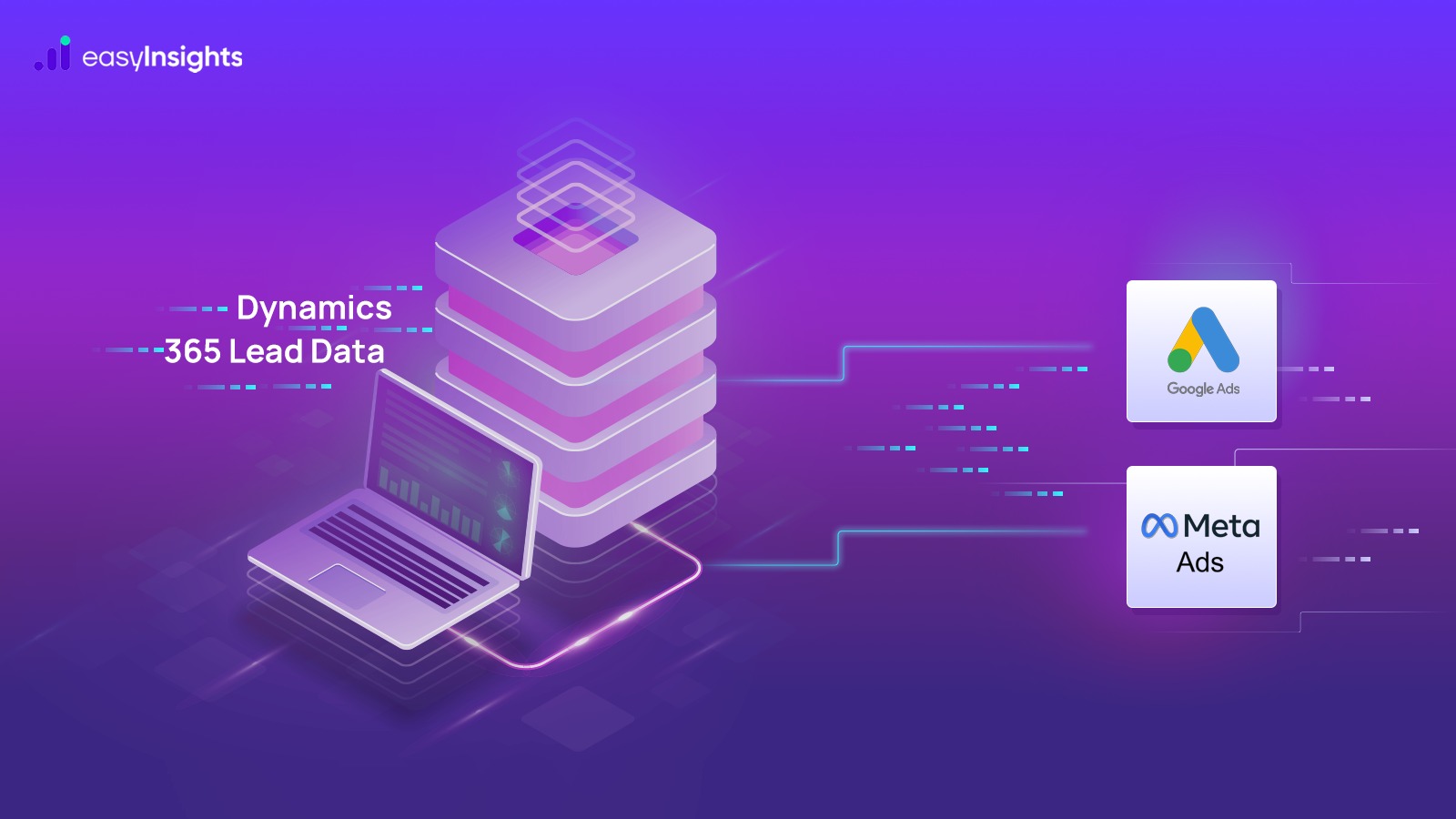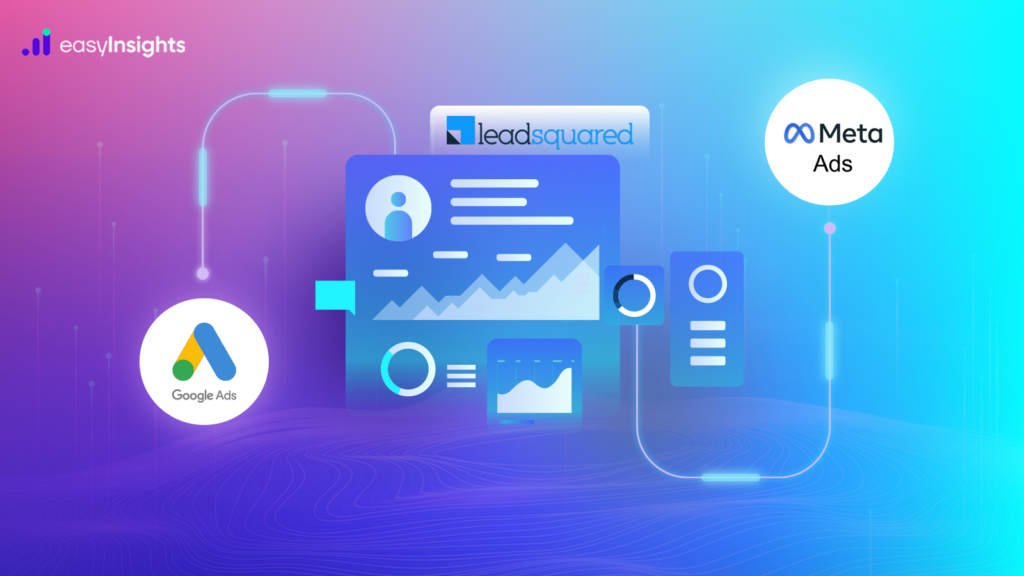
Running successful Facebook and Google Ads isn’t just about creating ads and hoping for the best. You need to manage your leads smartly, and that’s where LeadSquared comes in.
LeadSquared is a powerful CRM that helps brands capture, organize, and follow up with leads easily. When you connect your Facebook Lead Ads and Google Ads with LeadSquared, your lead data can sync automatically. This means faster follow-ups, better audience targeting, and higher conversions.
In this guide, we’ll walk you through how to connect LeadSquared with Meta (Facebook) and Google Ads for better marketing results.
Jump ahead to:
Benefits of Integrating LeadSquared with Ad platforms
Connecting LeadSquared with your ad platforms turns your lead data into a powerful engine for smarter targeting, personalized messaging, and better campaign results.
1. Enhanced Audience Targeting
Lookalike Audiences on Meta:
Use your CRM lead data to build Lookalike Audiences on Meta. The platform identifies shared traits among your best leads—like interests and behaviors—so you can reach new people who are likely to convert.
Customer Match on Google Ads:
Upload lead data to target users across Google platforms like Search, YouTube, Gmail, and Display. You can re-engage existing leads and keep your brand top-of-mind through precise, data-backed targeting.
2. Improved Personalization and Ad Relevance
Dynamic Ad Creatives:
Leverage CRM insights to deliver ads tailored to each lead’s past activity. Whether it’s showing products someone viewed or promoting services based on interests, you can run campaigns that feel personal and timely.
Stage-Based Messaging:
Not every lead is ready to buy. By segmenting leads based on their journey stage, you can serve awareness-focused content to early-stage users and conversion-focused ads to warm prospects.
3. Higher Conversion Rates
Engage Warm Leads, Not Cold Traffic:
Retarget people who have already interacted with your brand. These warm leads are more likely to respond positively to your ads, improving conversion rates and overall return on ad spend.
Use First-Party Data for Stronger Results:
As third-party data fades, your CRM data becomes even more valuable. With LeadSquared, you’re using reliable, consented data that powers more efficient and effective campaigns.
4. Automated Lead Nurturing and Sales Alignment
Sync High-Intent Leads for Timely Action:
Automatically identify leads with high purchase intent and target them with offers, testimonials, or reminders—exactly when they’re most likely to convert.
Bridge the Gap Between Marketing and Sales:
Marketing and sales teams work better when they share the same data. If a sales rep marks a lead as lost, marketing can trigger retargeting ads that re-engage the lead, giving sales a second chance.
What Meta & Google Ads Need From Lead Data
Before you start syncing, it’s important to know what kind of data Facebook and Google need.
Both platforms require first-party, consented data — things like your lead’s name, email address, and phone number. This data must be hashed (i.e., securely encrypted) when uploading or syncing.
Once collected in LeadSquared, you can push this data to Meta and Google Ads. Here are the ways to use that data for campaign optimization.
| CRM Field in LeadSquared | How It’s Used in Meta / Google Ads | Campaign Optimization Benefit |
|---|---|---|
| Lead Stage | Segment audiences based on funnel stage (e.g., New, MQL, SQL) | Serve tailored ads—awareness for top-funnel, offers for bottom-funnel leads |
| Lead Score | Target high-scoring leads with conversion-focused ads | Maximize ROI by focusing on warm, high-potential leads |
| Last Engagement Date | Create re-engagement campaigns for cold leads | Reactivate dormant leads with fresh messaging |
| Source/Medium (UTM Tags) | Analyze which sources (e.g., Facebook, Google) drive quality leads | Double down on high-performing acquisition sources |
| Custom Tags or Lists | Build Custom Audiences from segmented tags or smart lists | Precise targeting based on user-defined segments |
| Disposition/Status | Exclude closed/lost leads or retarget based on sales outcome | Avoid ad spend on dead leads; revive lost deals |
Ways to Send CRM Data to Meta & Google Ads
There are two ways you can get your LeadSquared data into your ad accounts:
1. Manual Upload
If you’re not ready for automation yet, you can manually upload lead data from LeadSquared into Meta and Google Ads. Here’s how:
- Export your leads from LeadSquared into a CSV file.
- Make sure the file includes important fields like email, phone, and name.
- Hash (encrypt) the data (Meta and Google will help you if needed).
- Upload the file into Custom Audiences (Meta) or Customer Match (Google).
- Start using these audiences for retargeting or building Lookalike groups.
Drawbacks: More time-consuming, You’ll have to regularly export and upload new leads, No real-time audience refresh.
2. Automated Sync (Recommended)
Automated syncing is the easiest and most efficient way to transfer lead data from LeadSquared to Meta and Google Ads.
Using a third part tool like EasyInsights.ai, you can:
- Directly Connect LeadSquared with Meta and Google Ads.
- Choose what information to send (like name, email, or lead score).
- Automatically update audiences when a lead’s status changes.
- Create dynamic Custom Audiences (Meta) or Customer Match lists (Google) for retargeting or Lookalike audiences.
Benefits: Real-time lead updates, No manual work, Higher audience match rates, Smarter campaign segmentation using CRM-specific fields.
Conclusion
Connecting LeadSquared with Meta and Google Ads is a smart move if you want faster lead follow-ups, better ad targeting, and more conversions.
With a tool like EasyInsights, you can set up automated syncing, so your best leads automatically move into your ad campaigns without any extra work.
No more missed opportunities. No more manual data uploads. Just better results and a marketing machine that runs smoothly in the background.
Book a free demo today and see how easy it can be!


